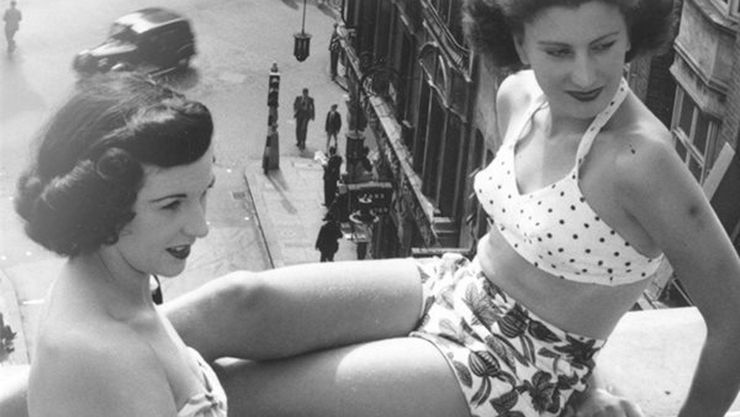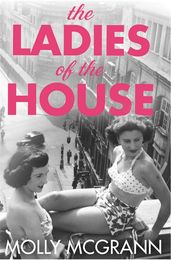The booming prostitution scene of wartime London
Molly McGrann, author of The Ladies of the House, on how business boomed for Soho's working girls during the Second World War.

While the battles of World War Two blazed abroad and overhead, at home, on daily trodden ground, the war effort likewise exerted itself. With their husbands away fighting, housewives were required to step out of the house and pick up where the men had left off. In addition to their domestic undertakings (not least of those, and most time-consuming, queuing for food), women worked. They manned the factories, clipped bus tickets and sat at desks, carefully filling ledgers. They earned their keep and likewise kept the family going—indeed the whole country, for without them Great Britain would have sunk.
It wasn’t an easy life. Wartime women were tough; they endured in their dual roles of homemaker and breadwinner and there was nothing glamorous about it. The “Make do and Mend” pamphlet issued by the British Ministry of Information at the time advised on unpicking old jumpers to re-knit and how best to patch worn garments.
Soho’s working girls, by comparison, seemed like film stars, and prostitution boomed, especially with the arrival of the GIs. Before the Street Offenses Act of 1959, prostitute women abounded on Old Compton Street. Calling out from doorways and windows, dressed to the nines in black market finery, some of them carrying poodles or jangling bunches of keys to draw the attention of punters.
It was a raucous scene: among market sellers of exotic fruits, vegetables, meats and spices, the women plied their trade, their perfumes—Evening in Paris and Carnation—mingling with the smells of garlic, paprika, mace and fennel, and curry powders in jars.
The average Soho prostitute of that time was a streetwalker; she might be self-employed or work for a brothel or a pimp: it was not necessarily a choice. And there were casuals, housewives and clippies and suchlike who needed an extra bit of income on the side. Some prostitute women kept flats, assisted by maids to man the door, change the linen, boil the kettle, keep a girl in condoms and, most important, offer moral support: a prostitute and her maid, as such, were a unit, cohorts, collaborators.
My latest novel, The Ladies of the House, is set in a dilapidated brothel, and the ladies themselves hail from its storied glory days in post-war London, where they have arrived to create new lives for themselves. Of course it’s all made up, but my characters live among the new and true realities of a changing country, when women started to become properly independent.
The Ladies of the House
by Molly McGrann
On a hot July day, three elderly people are found dead in a dilapidated house in Primrose Hill. Reading the story in a newspaper as she prepares to leave the country, Marie Gillies has an unshakable feeling that she is somehow to blame.
How did these three people come to live together, and how did they all die at once? The truth lies in a very different England, and in the secret world of the ladies of the house...



